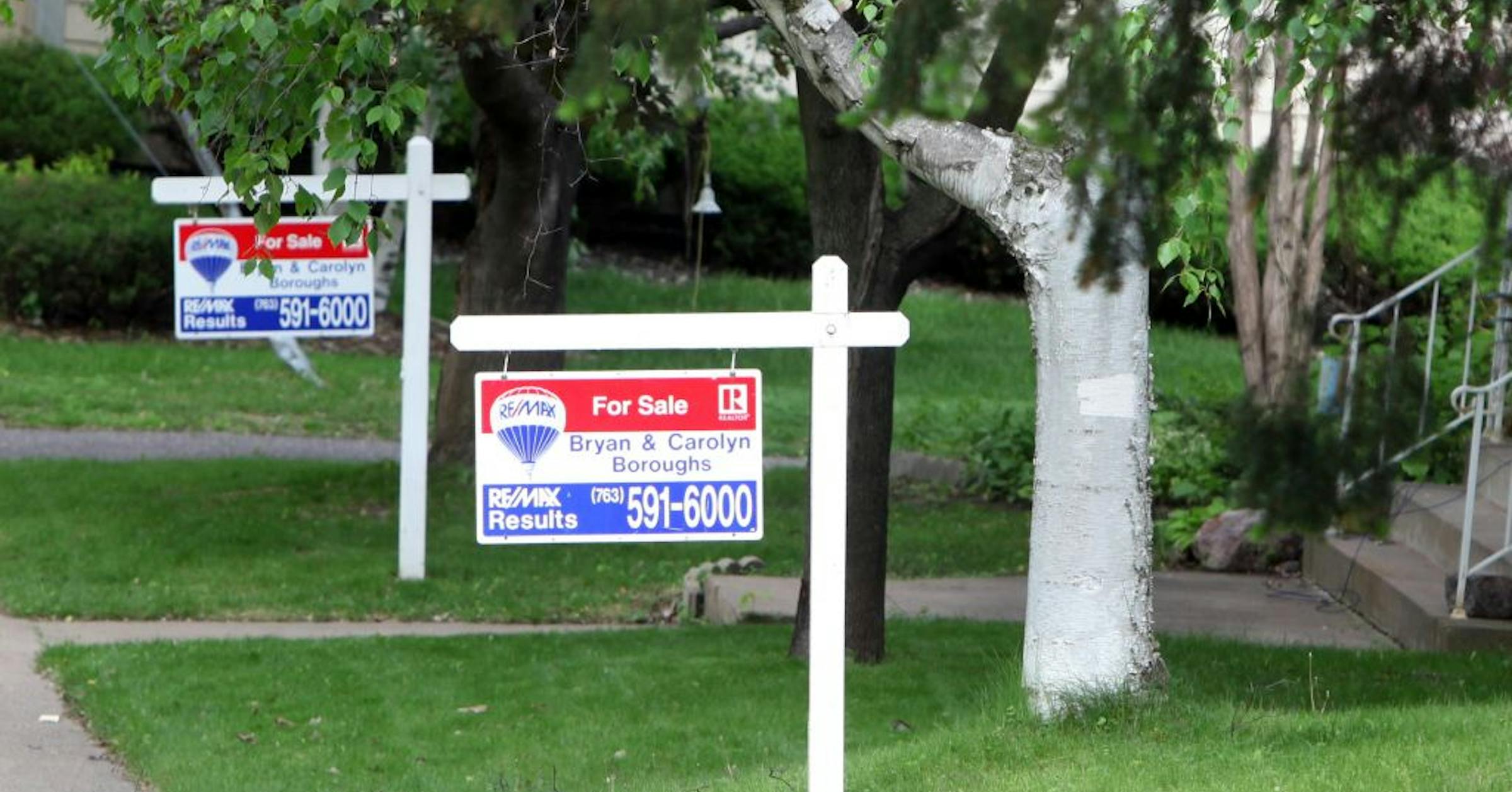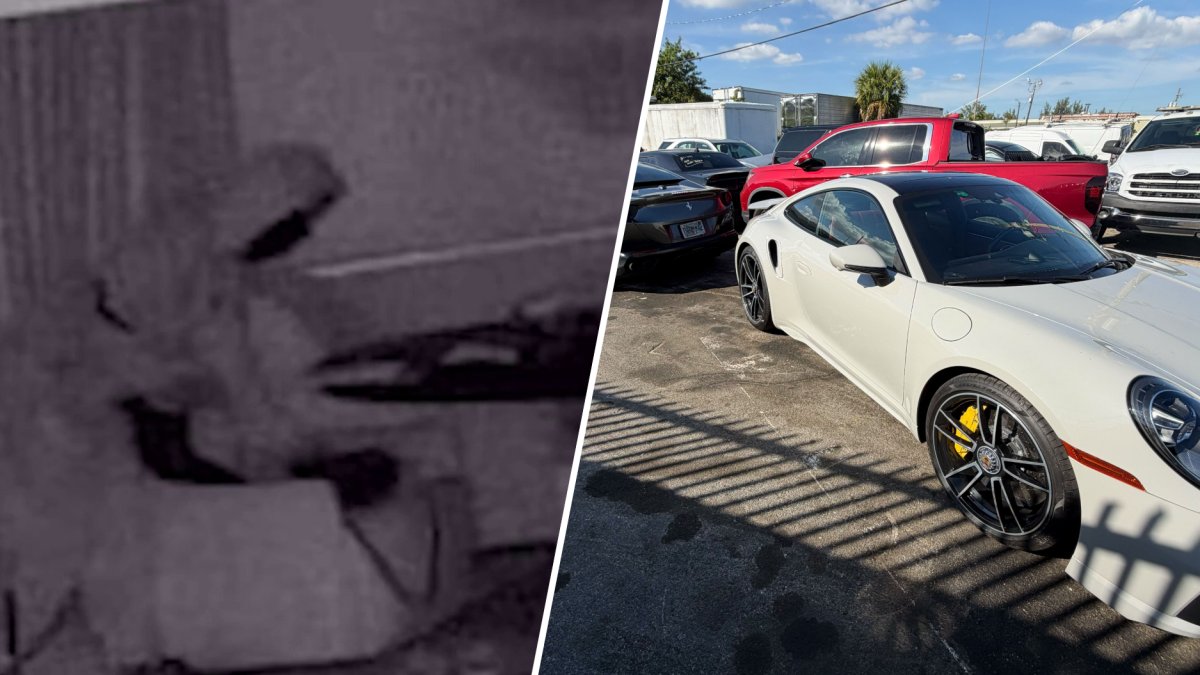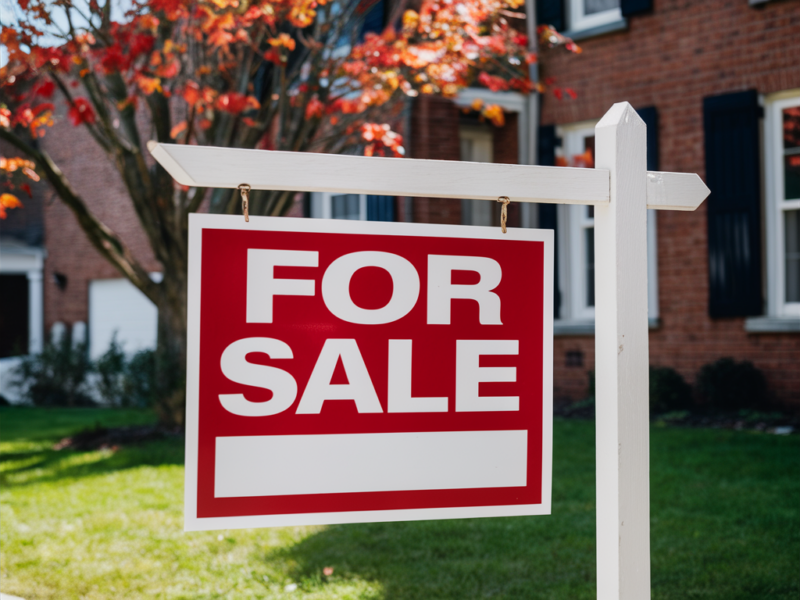M
ortgage rates edged up after the Federal Reserve’s recent quarter‑point cut, pushing the average 30‑year fixed‑rate to 6.3% in the latest Freddie Mac survey. Although lower rates had spurred a 18% rise in nationwide purchase applications, refinancings doubled, the Twin Cities market has stalled. Sellers are pulling back, buyers are taking longer to decide, and many fear overpaying amid economic uncertainty.
“People are taking their time,” said Patti Jo Fitzpatrick, a Twin Cities sales agent and Minnesota Realtors president. “The market has stalled a bit.” While some metro areas still see multiple offers and quick sales above asking, agents note a shift in buyer confidence. Buyers are cautious, especially after the Fed’s rate cut failed to lower mortgage rates, which are tied to long‑term bond yields that rose last week.
In early September, new listings grew faster than pending sales. “Buyers aren’t bidding over list price as much,” said Frank D’Angelo, Minneapolis Area Realtors president. “They’re moving more slowly and cautiously.”
The market remains a seller’s domain but the balance is shifting. At month‑end, inventory covered only 2.7 months of sales, far below the 5‑ to 6‑month supply that signals equilibrium. The market is most out of sync at lower price points. In the third week of September, showings for homes under $500,000 were flat or down, partly because fewer listings exist in that range.
August is traditionally a slow month due to vacations, back‑to‑school, and the Minnesota State Fair. Fitzpatrick said she “cringes” when listing a home in August. Across all price ranges, homes sold in an average of 48 days, about a week longer than last year. Upper‑bracket homes took twice as long to sell as those priced $250,000–$500,000.
Starter homes are in the worst shortage. Listings from $120,000 to $350,000 are scarce because owners stay put, limiting options for first‑time and middle‑class buyers. This scarcity keeps prices up, eroding the gains from last month’s lower rates. Many of these low‑priced homes need repairs, making financing difficult. David Arbit, Minnesota Realtors research director, noted that most sub‑$200,000 listings are condos—555 out of 763—while only 134 of 2,149 listings between $300,000 and $400,000 are condos. Rising HOA fees further deter cash‑strapped buyers.
Luxury listings are growing at a double‑digit pace, forcing sellers to offer larger discounts than last year. Yet upper‑bracket sales outpaced last year, partly because move‑up buyers and downsizers have substantial equity and are less sensitive to rate hikes. Jennifer Livingston, Saint Paul Area Association of Realtors president, said these buyers can navigate the market better.
Nationally, many markets have seen sales and prices fall due to excess inventory, but Minnesota has not. Redfin identified the Twin Cities as one of only about ten metros nationwide that is evenly balanced between new listings and pending sales. August pending sales rose 5.2%. While sales growth is lower than two years ago, home prices still rise, though at a slower pace than spring. The median sale price in August was $399,999, up 2.8% from last year. Nationwide, the National Association of Realtors reported a 1.8% rise in sales and a 2% price increase. Midwest prices outpaced the nation because houses remain more affordable.
The core message: mortgage rates have risen despite the Fed’s cut, sellers are retreating, buyers are cautious, the market is still a seller’s but the balance is shifting, starter homes are scarce, luxury homes are rising but with discounts, and Minnesota remains unique among U.S. metros for its balanced inventory.













